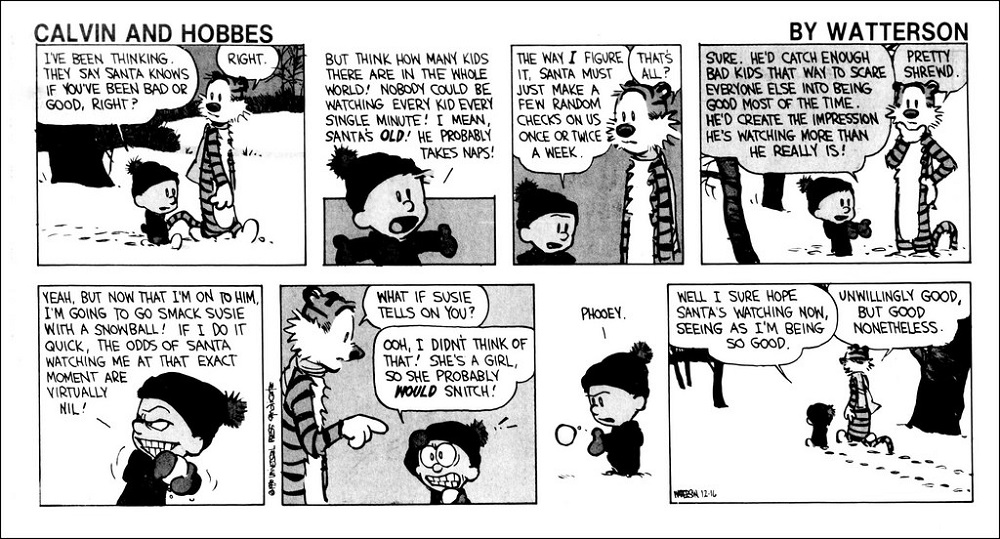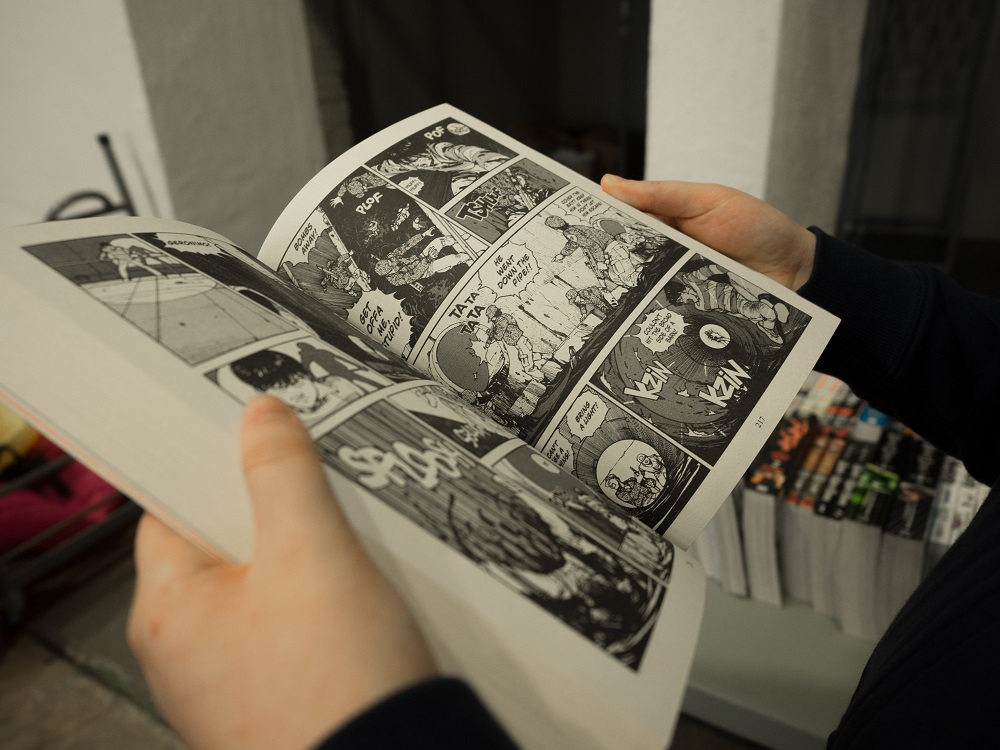Despite the negative press they’ve gotten over the past few decades, comic books and cartoons are actually very effective tools that teachers can use in class. They’re colorful, versatile, and interesting, comic strips can be used for students of various grades, from kindergarten all the way to 9th, even 10th, grade.
An Effective Teaching Tool
The reason behind the efficacy of comic strips as a teaching tool is that it engages students of different learning styles and engaging multiple senses at once. Comic strips help students practice essential skills like reading, understanding visual concepts, understanding context clues, speaking, and ultimately, communicating complex ideas in the span of 3-4 panels. It also evokes thought about provocative issues and can help students understand highly complicated matters in a condensed and succinct form.
Using comic strips can also help young students develop empathy, particularly if the characters in the comic strips are someone they can relate to. In this way, you are teaching them a valuable soft skill that will help them be well-rounded individuals in the future. Depending on the comic strip, it can also make them laugh, helping you ease the tension and stress they may be feeling after being in school for hours.
Again, depending on the comic strip you choose, it can also teach your more mature students about cultural issues surrounding them. Editorial cartoons are a great way to get students thinking; they don’t necessarily have to agree with the image that’s being presented, but they are encouraged to think about the issue and hopefully create logical arguments that will help them make sense of what they’re feeling.
Comic strips are also versatile; they can be used in a wide variety of subjects, ranging from history and literature, to math and science. With the right comic strips, teachers can help students develop their higher-order thinking skills like analysis, evaluation, prediction, inference, and many others.
This multimodal text also helps students gather information from multiple sources; a valuable skill in our post-digital world. This helps them prepare for a digital landscape that is rife with fake information and unresearched data. By teaching them to read comic strips, these students will learn not to take things at face value, but rather delve deeper into a particular thing. It helps them pay attention to detail, and thus, are trained to be aware about the different ways meaning is constructed and communicated.
Comic strips are also a great learning tool for students learning a foreign language. This is because the visual element of it makes it more interesting and easier to process, thereby helping students retain more information about the language they’re learning.
By presenting old information in a new way, you can help students become more engaged and more interested in learning.

Integrating Comic Strips in Class
In as much as you, the teacher, can use comic strips to teach, students can also use comic strips to learn. There are various activities that you can moderate that uses comic strips as the main mode of teaching:
Story Telling:
- Introduce a topic and then task your students to create a 4 to 5 panel comic strip that discusses that issue. Ask your students to create a narrative storyline that is coherent and encourage them to write dialogue that uses natural speech patterns. You can ask them to draw their own panels, or to use resources they find online.
Story Retelling:
- After making your students read a story, ask them to retell the main plot points of the story using a comic strip. They can draw their own, or, if you want to add a degree of difficulty, ask them to find an example from existing comic strips.
Story Completion:
- Provide your students with a 4 to 5 pre-designed comic strip panel, but leave the dialogue boxes blank. Then, ask your students to fill in the blanks, making sure to tell a story based only on the other visual elements of the strip. Alternatively, you can also use pre-designed comic strips but with the final panel missing and then ask students to complete the story using inference, prediction, and context clues.
Topic Introduction:
- Discuss a new topic or issue using a comic strip. The comic strip you choose must reflect the primary idea of your topic without actually revealing it. Ask your students to brainstorm about what they can infer from the comic strip and perhaps try to predict what comes next.
Raise Awareness:
- Comic strips are a great way to discuss sensitive issues like bullying, sexual misconduct, politics, racism, and other things because it presents these topics in a non-threatening and non-preachy way. Ask your students to emphasize with every character in the comic strip and help them understand the motivation of the characters and the moral implications of their actions.
Teaching Foreign Languages:
- Comic strips have been shown to be highly effective in teaching foreign languages because it communicates different ideas via multiple mediums. It also gives students a visual image to anchor their lesson on and provides them a clearer mental picture of the contextual situations wherein they can use the phrase or words that you are teaching at the moment.
Practice Speaking Skills
- Improve your student’s speaking skills by asking them to read aloud a comic strip that you presented or a comic strip that they created, making sure that they are aware of the character’s motivations, speech patterns, and encourage them to give life to the character by adding personality quirks that make sense with context. Alternatively, you can also ask them to continue a comic strip’s story in character in order to flex their inference and communication skills as well as their creativity.
Modern and Creative
Many teachers are still hesitant to use comic strips, viewing them as “low brow”. However, there are plenty of comic books and graphic novels out there that are not only visually stunning, they’re also extremely well-written. Educate yourself about the value of comic books and comic strips, and pass on this appreciation to your students.


